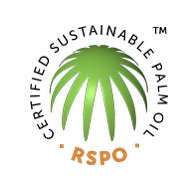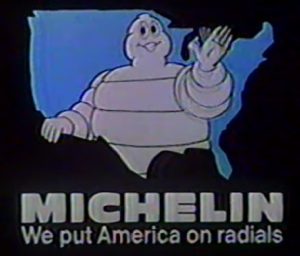The article I chose is a look into new regulations being set by the EU for sustainability in business. The Corporate Sustainability Reporting Directive (CSRD) is looking at requiring around 50,000 companies in the EU and 10000 companies outside of the EU to increase their data reporting when it comes to sustainability. When selecting companies outside the EU that have to follow these new rules, they are looking at companies that have listed securities (stocks or bonds) on the European market, companies with an annual revenue of €150 million, or companies with more than 250 EU based employees. The foreign companies included in this are about 31% American, 13% Canadian, and 11% British. While the EU hasn’t officially outlined the standards that these companies will be held to (that will be published in June) there was a draft released in November and a EU representative said that she doesn’t expect the rules to be much different than those in the draft. They may even be “trimmed back” to make it easier for companies to complete the reporting. The draft included 82 annual disclosure requirements, involving different metratices and explanations. Some of these standards are still being developed however, as some will need to be industry specific. These companies will have to report different types of data, but will also need a third party audit of their data to ensure accuracy. All of this is to say that the EU is essentially making greenhouse gas reporting and ESG reporting an enforceable requirement. Both of these have largely been used as marketing or PR exercises, but now it is a necessity to do business in the EU. I find this interesting for two reasons. First is how it can relate to my life and secondly how it can change our perception of living in the Greenbelt. I am to go into some sort of corporate sustainability, potentially ESG reporting so this change towards making it a legal requirement is encouraging that the companies will be striving to actually improve their ESG scores. While these requirements are only in the EU, oftentimes the EU sets the “de facto global standard” as they have for chemicals and data privacy. Secondly, I think this change affects Furman. Furman does environmental reports every few years, but it is somewhat inconsistent in terms of quality of data and it is not annual. If we are able to set aside more resources at Furman for data monitoring and reporting, it would be a huge step towards our carbon neutrality goals. According to Young, the best way to solve collective action problems is to either change the rules, norms or values of a system. I believe that because the values of our society are changing towards being sustainability minded, now governments are following with changing the rules of a system. The three categories of economic actors are households, firms and governments (Zsolani), and sometimes in the US it can feel like the firms are driving all of the decision making and the government can’t or won’t do anything to make steps towards addressing the climate crisis, so this move from the EU is an encouraging and important step.
Holger, D. (2023, April 5). WSJ News Exclusive | at least 10,000 foreign companies to be hit by EU Sustainability Rules. The Wall Street Journal. Retrieved April 25, 2023, from https://www.wsj.com/articles/at-least-10-000-foreign-companies-to-be-hit-by-eu-sustainability-rules-307a1406
Young, O. R. (2016). Solving Collective Action Problems. In On environmental governance: Sustainability, efficiency, and equity. essay, Routledge.
Zsolnai, L.. (2018). Economic Actors and the Ultimate Goal of the Economy. 10.1007/978-3-319-94529-3_11.






 https://www.wwf.org.uk/updates/8-things-know-about-palm-oil
https://www.wwf.org.uk/updates/8-things-know-about-palm-oil


 Artist Statement
Artist Statement